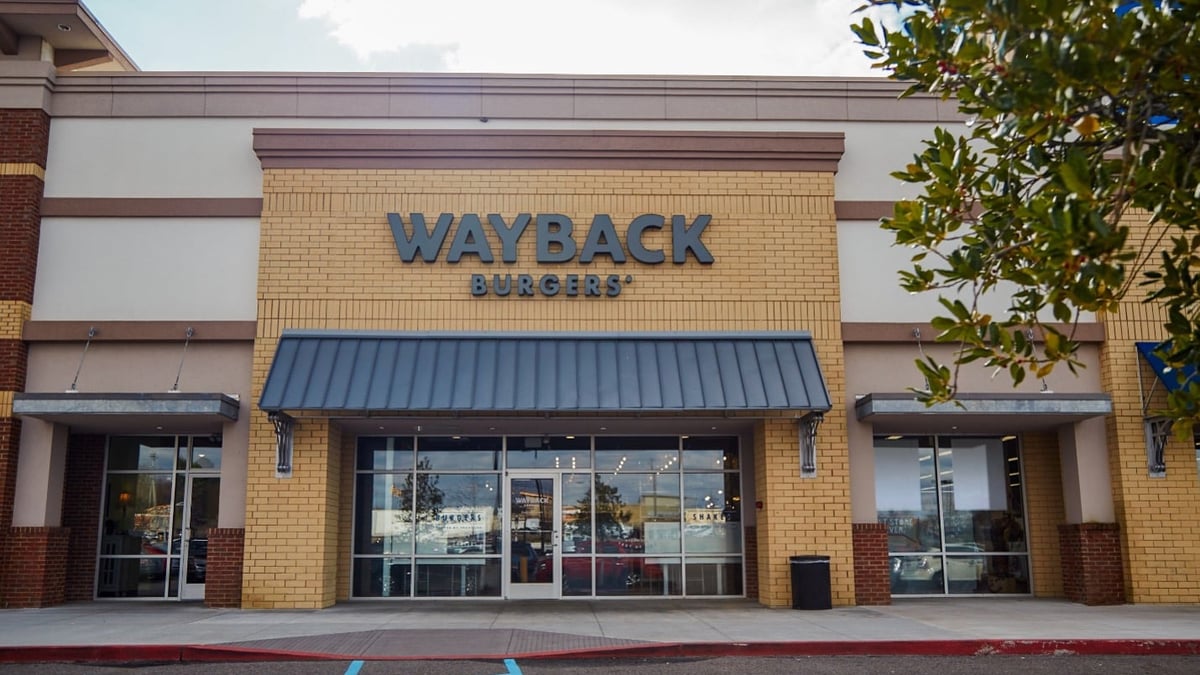The food service industry is vast. A survey by Toast found that 45% of people go out to eat multiple times a week, while another 20% go out to eat once a week. The global food service market expects to reach $4.2 trillion by 2024. So, which businesses have the highest profit potential? Learn more about this industry and its different types of businesses.
Lowdown on Food Service Franchises
When you think of a franchise, you typically think of a fast-food franchise, like McDonald’s, Taco Bell, or Subway. However, the list of options to choose from is endless. Buying into a franchise can help you start your career in the food service industry. With the franchised name comes brand recognition and support. Franchises have a proven business model that you can jump right into. But before you buy in, here’s the lowdown.
Restaurant franchises often require franchisees to have previous restaurant experience before they allow you to represent their brand. This factor is one of the ways Wayback Burgers stands out. No prior experience is required. Instead, we offer world-class training and support, from a full marketing team to the company president. Our honest and uncomplicated approach to our food also applies to our relationship with our franchisees, who we support with everything from comprehensive training to marketing initiatives, operational structure, real estate expertise and more.
Some franchises require you to open multiple locations. For example, Pizza Hut and Taco Bell require franchisees to open a minimum of three new restaurants in three years. Panera Bread requires franchisees to open 15 bakery-cafes in six years.
Franchises can come with a hefty price tag. Initial investments range from $50,000 to $6 million, with high net worth and liquid capital requirements. Luckily, working with a franchisor means you’re more likely to receive financing through banks and lenders because the institutions can see a history of success with the franchise.
Another benefit of investing in a food service franchise is that it’s like a business in a box. Once you buy in, you receive their business model. That comes with the real estate and kitchen layout expertise, dining room design, menu, and even the marketing campaign. In addition, franchises have created training and support programs to ensure you run a well-operated restaurant under their name.
Types of Restaurants
Different styles of restaurants in the food service industry come with other challenges. First, you have fast-food restaurants. These restaurants can have long hours. According to Business Insider, monthly fees for royalties, advertising, and other services can add up to more than 10% of gross sales. The average profit margin for a fast-food restaurant is around 6%-9%.
Fast-casual restaurants have similar costs and profitability to fast-food restaurants but they’re expected to see more growth in the food service industry. According to The Washington Post, the market for fast-casual restaurants has grown 550% since 1999 and was the only industry segment that continued to grow during the recession. In addition, fast-casual restaurants are popular with millennials, who are bringing their families, friends, or business partners to these restaurants. Morgan Stanley Research found that millennials make up 51% of fast-casual restaurant customers.
A step up from fast-casual in the restaurant realm is casual dining. A sizable chunk of change is needed to invest in these restaurant franchises. For example, Applebee’s initial investment ranges from $1.9 million to $7 million, while Buffalo Wild Wings’ startup costs are $2.4 million to $4.6 million. Profitability for these types of restaurants is around 3% to 5%. With full-service restaurants, your labor costs will be higher as you must pay for kitchen staff, managers, servers, bartenders, and a host.
Lastly, there’s fine dining. It’s like casual dining, just a step up in class. Most franchises in this category require a minimum of five years of restaurant experience. The investment cost and profitability are similar to casual dining.
Fast & Easy with Wayback Burgers
If you want to serve better quality food than a fast-food restaurant without paying the investment costs of a casual dining franchise, fast-casual is the way to go. The sizzling hamburger franchise Wayback Burgers is looking to help you get going. With more than three decades of success and more than 170 locations, we have built a system that works. So get started today by filling out the franchise form.

